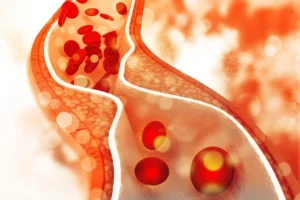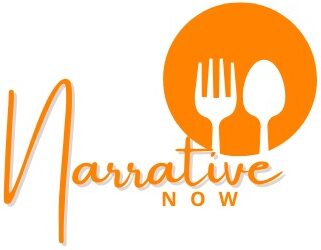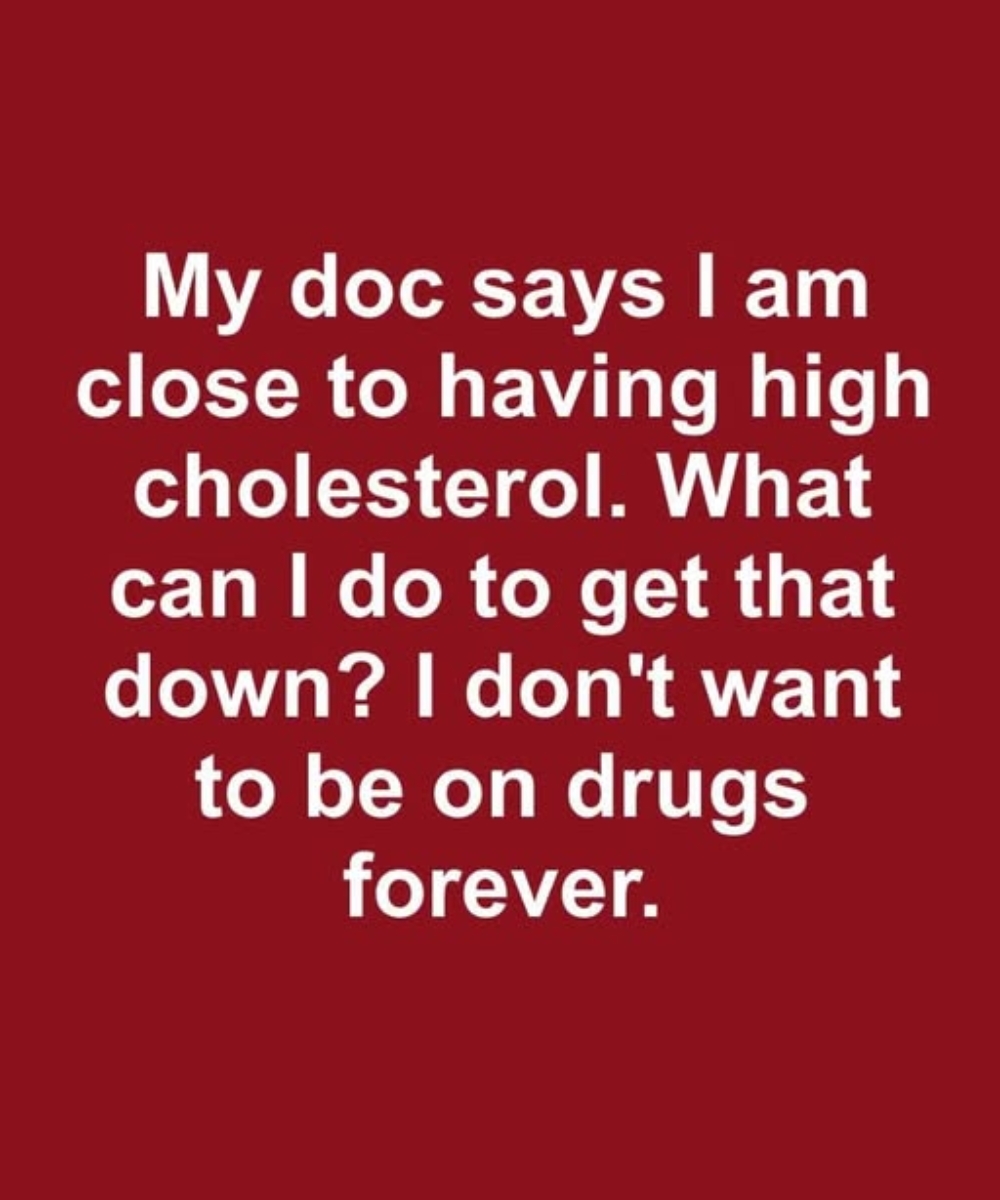Cholesterol is a fat-like, waxy substance found in your blood. While it plays a key role in forming healthy cells, having too much can lead to serious heart-related issues.
There are two primary types: low-density lipoprotein (LDL), often labeled as “bad” cholesterol, and high-density lipoprotein (HDL), known as the “good” kind.
Elevated cholesterol usually means there’s too much LDL in your system, which can form fatty buildups in your arteries and increase the ri.sk of heart attacks or strokes.
Health Dangers of High Cholesterol
Excess cholesterol, particularly LDL, can severely impact heart health. It contributes to plaque accumulation in the arteries, narrowing them and restricting blood flow—a condition called atherosclerosis.
This reduced circulation can lead to heart attacks, strokes, and other cardiovascular problems.
High cholesterol can also worsen conditions like high blood pressure and diabetes, making overall health management more complicated.
Smart Eating to Lower Cholesterol

To reduce cholesterol naturally, aim to eat more fruits, vegetables, whole grains, and lean protein sources.
Foods high in soluble fiber—such as oats, legumes, apples, and pears—can effectively lower LDL.
Replace unhealthy fats with heart-friendly ones like those found in olive oil, avocados, and nuts. Limit saturated and trans fats commonly found in processed foods, red meat, and full-fat dairy.
Eating omega-3-rich fish like salmon or mackerel can also contribute to better heart health.
The Role of Exercise in Cholesterol Control
Regular physical activity can help raise HDL (good cholesterol) while lowering LDL and triglycerides.
Experts recommend at least 150 minutes per week of moderate-intensity activities like walking or biking, or 75 minutes of more vigorous exercise such as running or swimming.
Beyond improving cholesterol, exercise supports heart function, weight management, and stress reduction.
Next Page

